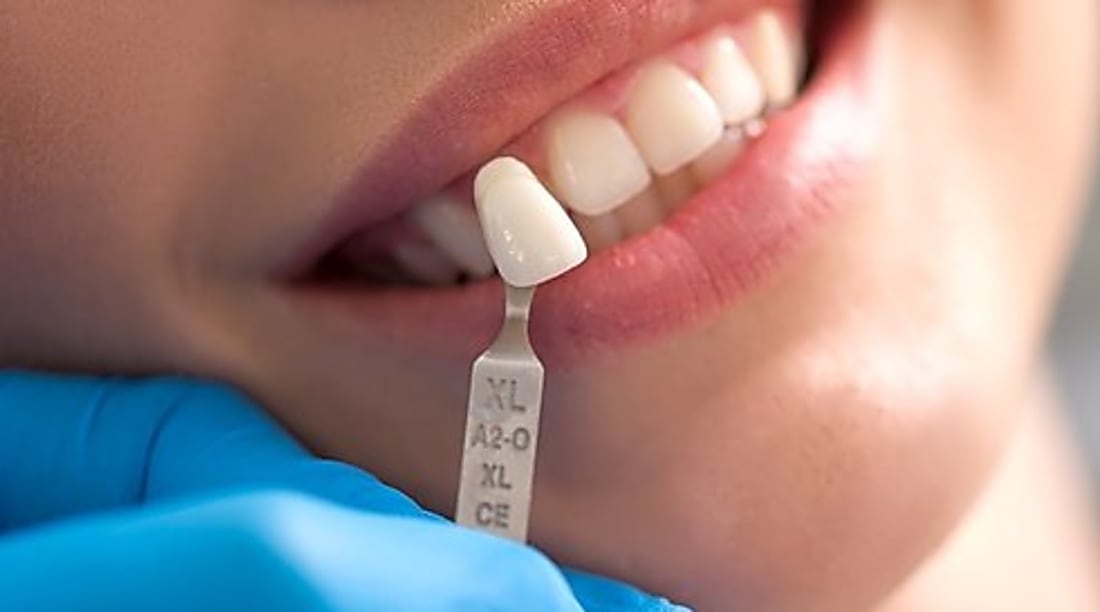Modern Dental Implant Solutions: Screw and Screwless Options
Tooth replacement has evolved significantly with modern dental implant technology. Today's solutions offer different approaches to restoring missing teeth, from traditional screw-based systems to innovative screwless designs. Understanding these options helps patients make informed decisions about their oral health and smile restoration. This article explores the various implant technologies available, their benefits, and what to expect from each approach.

What Are Screwless Dental Implants and How Do They Work?
Screwless dental implants represent an innovative approach to tooth replacement that differs from traditional methods. These implants use press-fit or friction-fit mechanisms to secure the artificial tooth to the implant post, eliminating the need for a retaining screw. The design typically features a tapered connection that creates a tight seal between the implant fixture and the abutment. This connection relies on mechanical friction and precise engineering to maintain stability. The screwless design can reduce potential complications associated with screw loosening and may simplify the restoration process for dental professionals. Patients considering this option should discuss with their dentist whether their specific case is suitable for screwless technology, as not all clinical situations are ideal candidates.
Understanding No-Screw Dental Implant Technology
No-screw dental implant systems utilize alternative retention methods that have gained attention in modern dentistry. These systems often employ cement retention, where the crown is permanently cemented onto the abutment, or use internal friction mechanisms. The cement-retained approach has been used successfully for decades and offers certain advantages in specific clinical scenarios. The friction-fit designs use precisely machined components that lock together without traditional screw threads. This technology aims to reduce the number of components and potential points of failure in the implant system. Some no-screw systems also feature one-piece designs where the implant and abutment are manufactured as a single unit. Dental professionals evaluate factors such as bone quality, implant position, and restoration requirements when determining if no-screw options are appropriate for individual patients.
How Screw Dental Implants Provide Reliable Tooth Replacement
Screw dental implants remain the most widely used tooth replacement method worldwide. These systems consist of a titanium post that is surgically placed into the jawbone, an abutment that connects to the post via a screw mechanism, and a crown that completes the restoration. The screw-retained design allows for retrievability, meaning the restoration can be removed if adjustments or repairs are needed without damaging the implant or crown. This approach has decades of clinical research supporting its effectiveness and longevity. The threaded design of the implant post promotes osseointegration, the process where bone tissue grows around and bonds with the titanium surface. Screw implants offer versatility in addressing various tooth replacement scenarios, from single teeth to full-arch restorations. The predictability and proven track record of screw-based systems make them a standard choice for many dental professionals and patients.
Comparing Different Dental Implant Approaches
When evaluating tooth replacement options, understanding the differences between implant systems helps in making informed choices. Each approach has specific characteristics that may suit different clinical situations and patient needs.
| Implant Type | Key Features | Typical Applications |
|---|---|---|
| Traditional Screw Implants | Retrievable restorations, extensive research support, versatile applications | Single teeth, multiple teeth, full-arch restorations |
| Screwless/Press-Fit Implants | No access hole in crown, friction-based retention, simplified components | Single anterior teeth, specific aesthetic cases |
| Cement-Retained (No-Screw Crown) | Permanent crown attachment, no screw access, smooth crown surface | Situations where screw access would compromise aesthetics |
| One-Piece Implants | Integrated implant-abutment, reduced components, immediate loading potential | Specific bone conditions, minimally invasive procedures |
What Factors Influence Dental Implant Treatment Costs
The financial aspect of dental implant treatment varies based on multiple factors. In Ireland, single tooth implant procedures typically range from €1,800 to €3,500, though costs can extend higher depending on complexity and location. This estimation includes the implant fixture, abutment, and crown, but additional procedures may increase the total investment. Bone grafting, if needed to ensure adequate bone volume, can add €400 to €1,200 per site. Sinus lift procedures for upper jaw implants may cost an additional €1,500 to €2,500. The type of implant system chosen can also affect pricing, with some advanced screwless or specialized designs potentially commanding premium fees. Geographic location within Ireland influences costs, with urban practices sometimes charging differently than rural clinics. The experience and specialization of the dental professional also factor into pricing structures. Many dental practices offer payment plans to make treatment more accessible. Dental insurance coverage for implants varies significantly, with some policies providing partial coverage while others exclude implants entirely.
Prices, rates, or cost estimates mentioned in this article are based on the latest available information but may change over time. Independent research is advised before making financial decisions.
Choosing the Right Implant Solution for Your Needs
Selecting the appropriate dental implant approach requires careful consideration of several factors. Your dentist will evaluate your oral health status, including bone density, gum condition, and overall dental structure. The location of the missing tooth plays a significant role, as front teeth have different aesthetic and functional requirements than back teeth. Your medical history and any conditions affecting bone healing or immune function must be assessed. Personal preferences regarding treatment timeline, with some patients preferring faster procedures while others prioritize long-term predictability, also matter. The expertise of your dental professional with specific implant systems should be discussed, as experience with particular technologies affects outcomes. Budget considerations are practical realities that should be addressed openly with your dental team. Modern dental implant technology offers multiple pathways to successful tooth replacement, and working closely with qualified professionals ensures you receive a solution tailored to your unique situation.
Long-Term Success and Maintenance of Dental Implants
Regardless of the implant type chosen, long-term success depends on proper care and maintenance. Dental implants require the same attention as natural teeth, including regular brushing, flossing, and professional cleanings. Routine dental check-ups allow your dentist to monitor the implant and surrounding tissues for any signs of complications. Peri-implantitis, an inflammatory condition affecting the tissues around implants, can occur without proper hygiene and requires professional intervention. Avoiding excessive forces on implants, such as teeth grinding, helps preserve the restoration and may require a protective night guard. The retrievability advantage of screw-retained implants becomes valuable if adjustments are needed over time, while screwless and cement-retained options may require different maintenance approaches. Studies show that with proper care, dental implants can last decades, with success rates exceeding 95 percent over ten years. Regular communication with your dental team and adherence to recommended care protocols maximize the lifespan and functionality of your tooth replacement solution.




